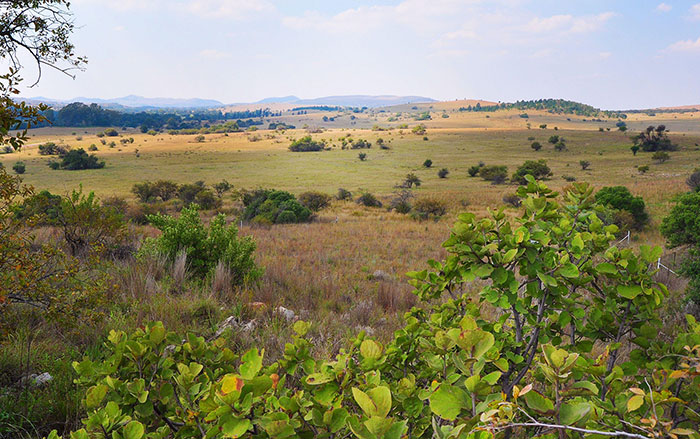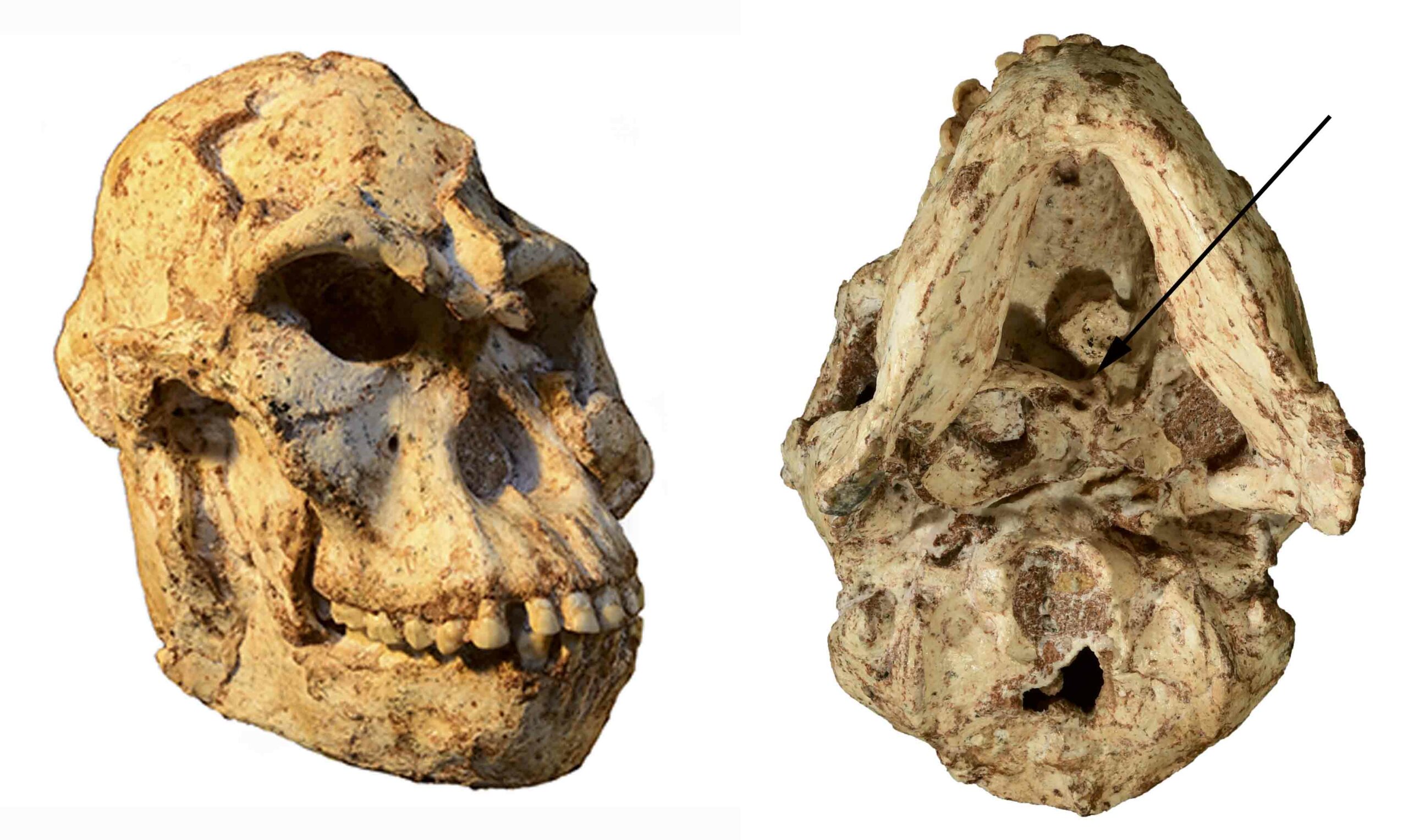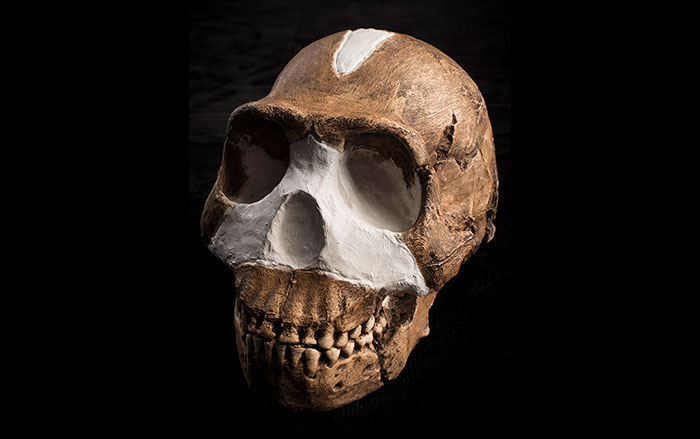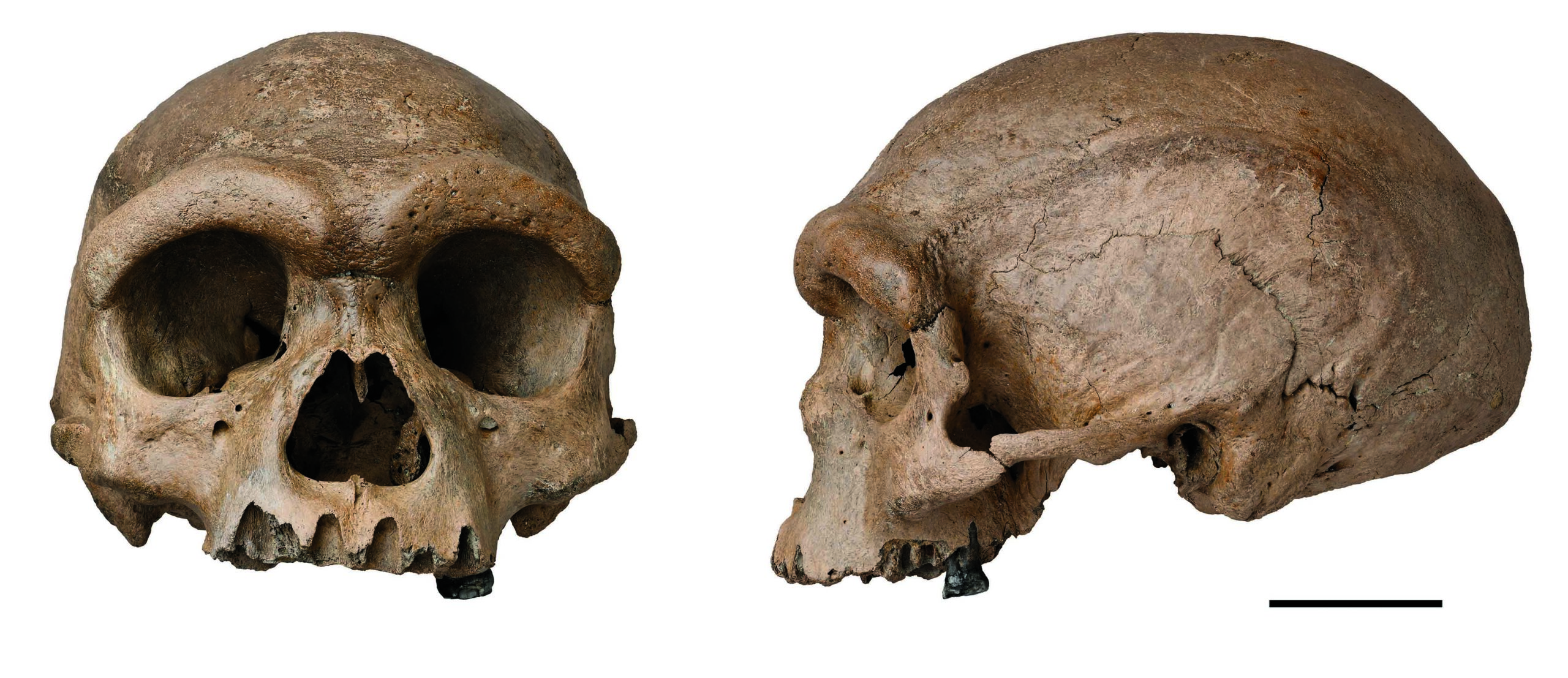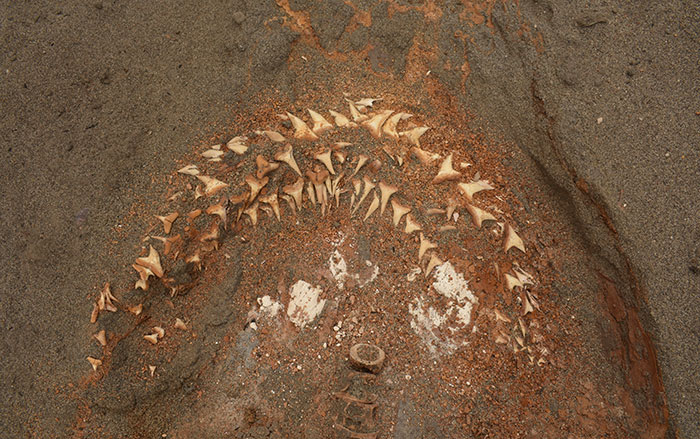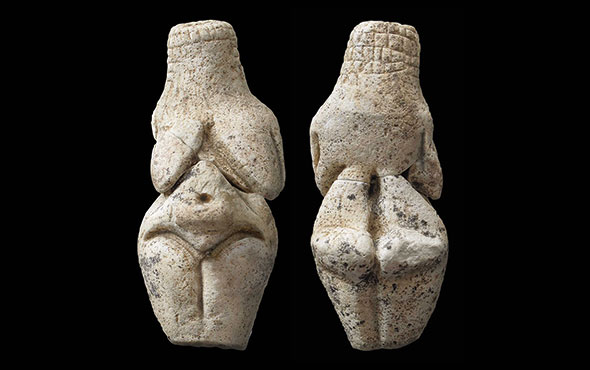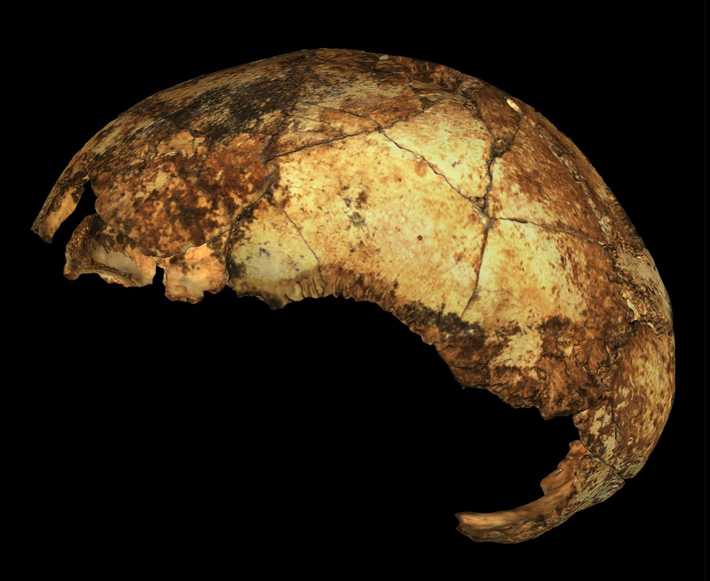
JOHANNESBURG, SOUTH AFRICA—BBC News reports that the remains of three groups of hominins found at the Drimolen Cave Complex have been dated with electron spin resonance, paleomagnetism, and uranium-lead dating, and determined to all date to between 2.04 and 1.95 million years ago. The fossils in the study include the two-million-year-old remains of a Homo erectus child, making them 100,000 to 200,000 years older than any other known Homo erectus fossils, according to Andy Herries of La Trobe University. “Until this find, we always assumed Homo erectus originated from eastern Africa,” explained Stephanie Baker of the University of Johannesburg. “That would mean that they later moved northwards into East Africa. From there they went through North Africa to populate the rest of the world,” she added. The study also indicates that two other types of humans, Paranthropus and Australopithecus, shared the landscape with Homo erectus. Read the original scholarly article about this research in Science. For more, go to "Homo erectus Stands Alone," one of ARCHAEOLOGY's Top 10 Discoveries of 2013.


